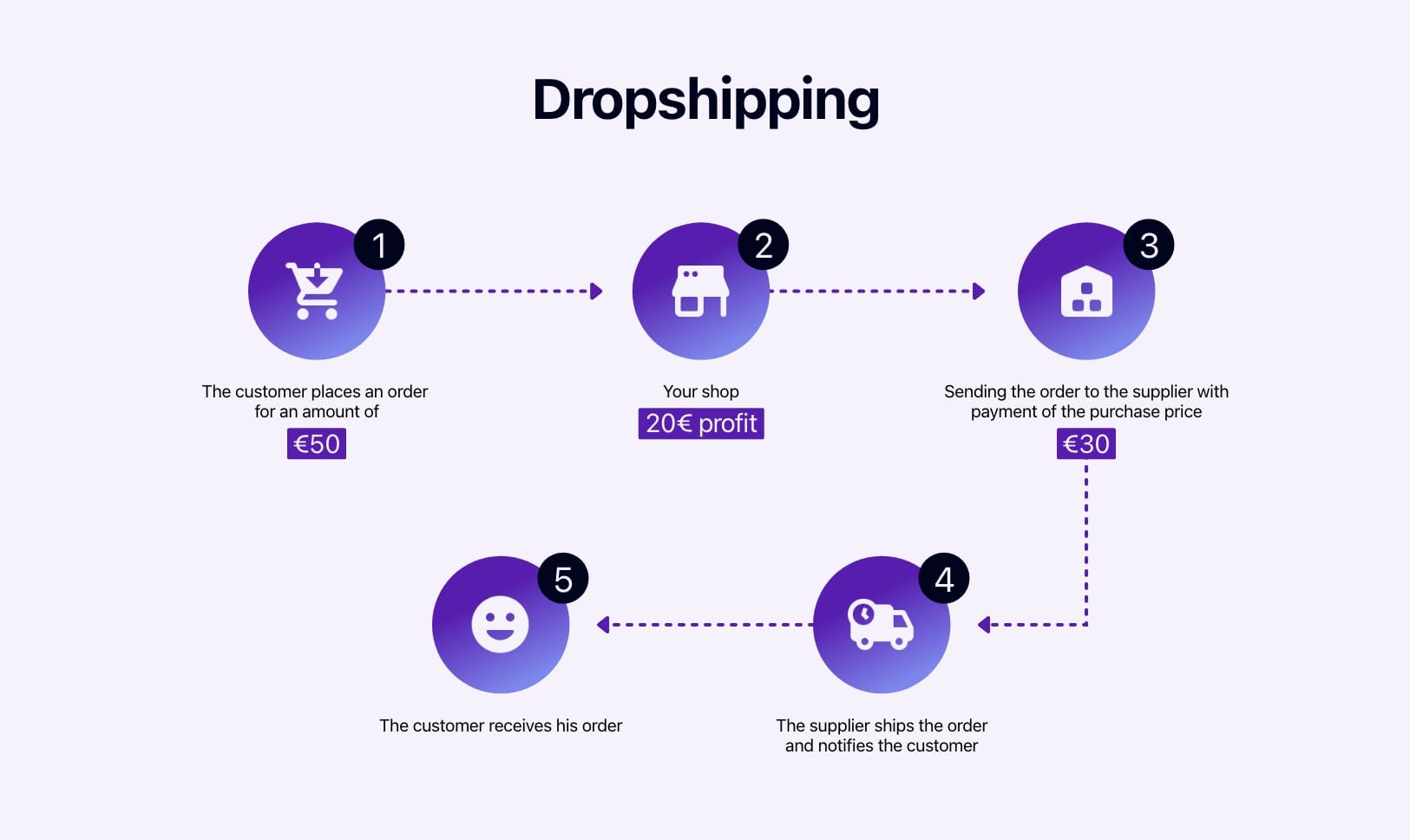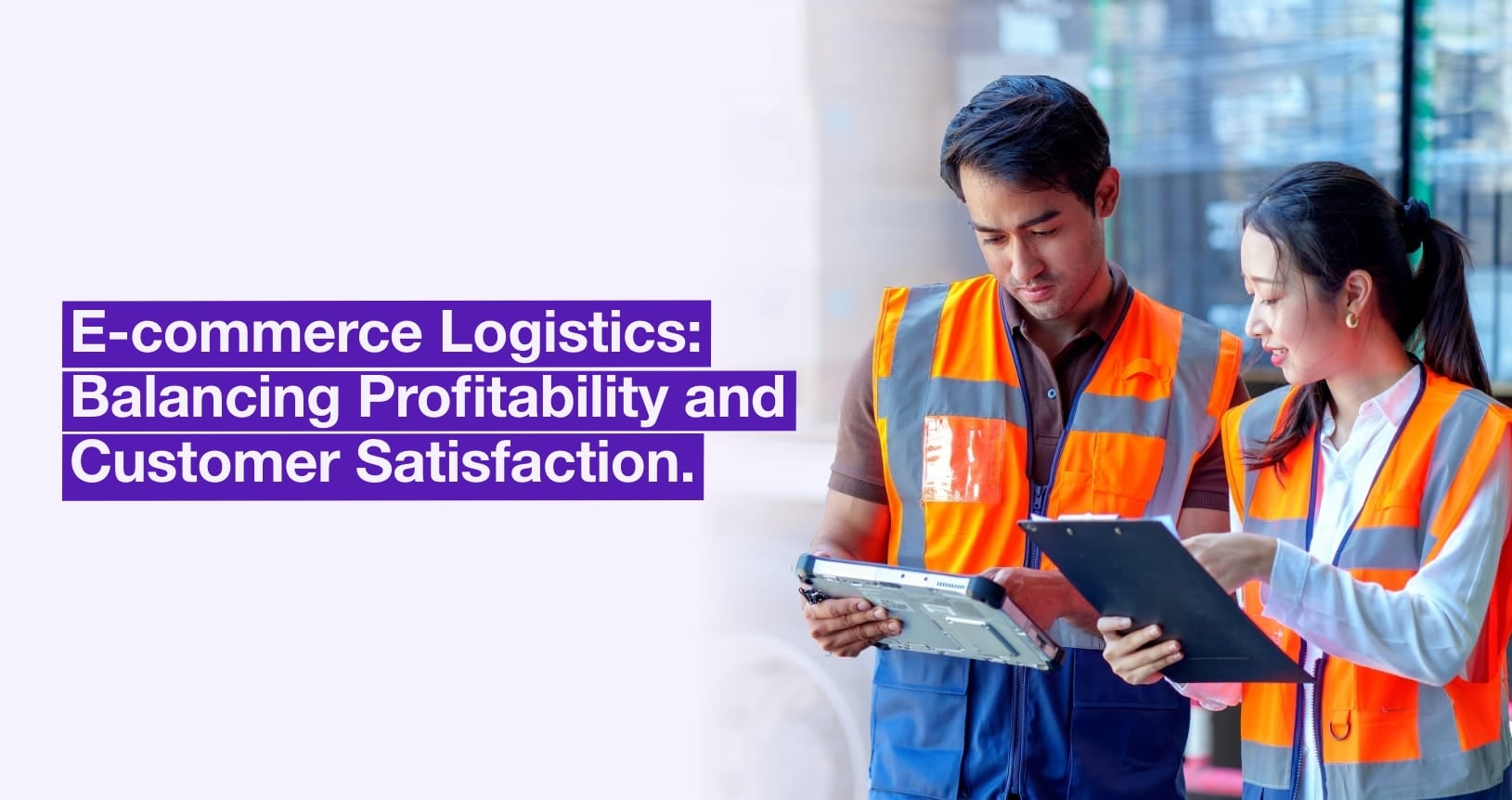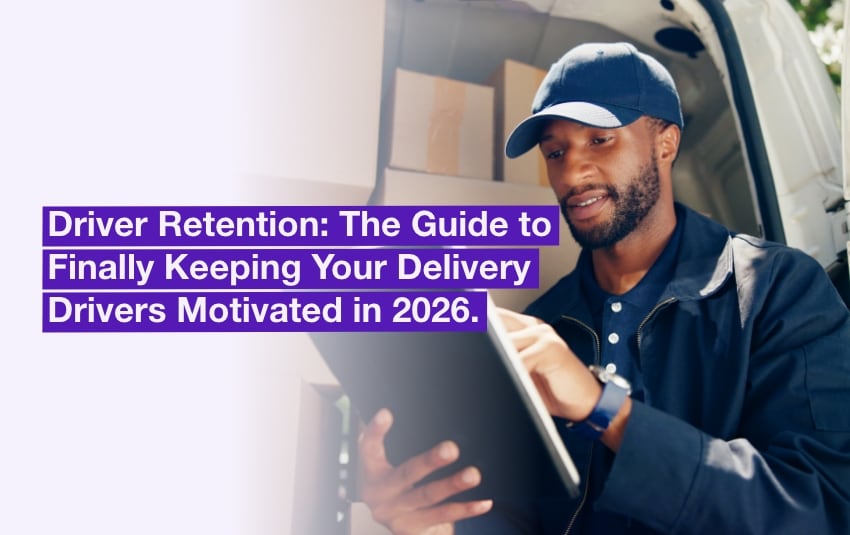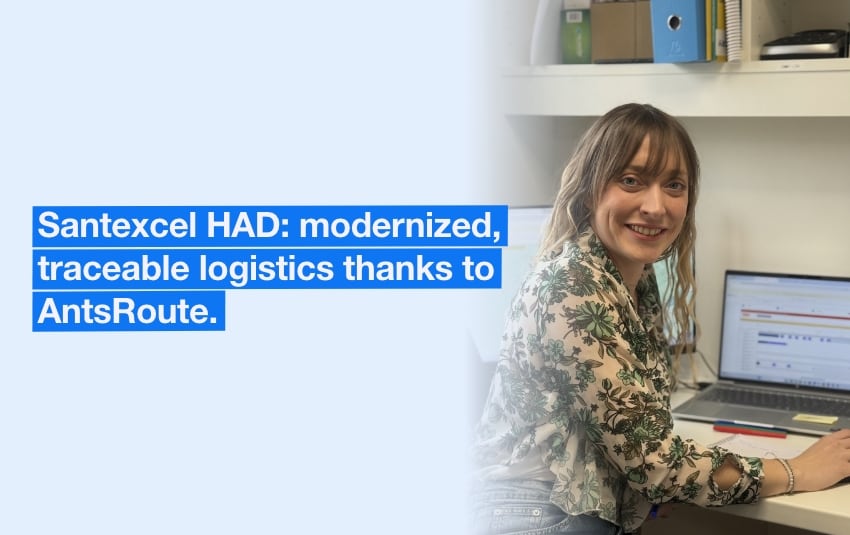E-commerce logistics: how to balance customer satisfaction and profitability?

After two outstanding years, business for logistics professionals remains at very high levels, driven in particular by the success of e-commerce.
To satisfy increasingly fickle and demanding customers, online store owners need to hire service providers from diverse backgrounds: specialists in warehousing, order preparation, carriers, etc.
But all these services are not free, and can quickly absorb your (low) margins!
These few tips should help you define the logistics solution best suited to your e-commerce site’s profile.
Table of contents
- Finding the right balance between customer satisfaction and profitability
- Outsourcing or software solutions? The different logistics options available
- Complete solutions for e-commerce logistics
An efficient logistics platform is the key to success in e-commerce. For carriers, it’s a guarantee of greater customer satisfaction while preserving the company’s profitability.
Finding the right balance between customer satisfaction and profitability
The latest IFOP survey for the Star Service group confirms the key role played by e-logistics in the success of an online store: 64% of Internet users consider delivery to be an essential choice criterion, and 92% want to be clearly informed of delivery options right from the start of the order process.
Conversely, 81% of consumers do not hesitate to switch e-commerce sites to find a more suitable delivery method… and often more costly for the retailer.
To boost their agility and gain market share in an ultra-competitive environment, e-commerce sites are devoting considerable resources to logistics, sometimes sacrificing their profitability.
Should I sell with a limited profit margin, or take the risk of not selling at all? This is the difficult choice facing online retailers.

The choice criteria of e-consumers by IFOP.
Outsourcing or software solutions? The different logistics options available
To satisfy the very specific constraints of e-commerce while keeping an acceptable margin, there are several options to consider.
Zoom in on the main advantages and disadvantages of each one.
Insourcing the entire logistics process
At first sight, this is the most obvious option, but it is the least common.
Managing all stages of the supply chain in-house requires considerable investment, which is only available to well-established e-commerce sites.
On the other hand, many e-commerce newcomers adopt this option to test their viability… before reconsidering their plans as soon as the volume of orders is sufficient.
Managing logistics from A to Z takes an inordinate amount of time. As soon as sales take off, the question of optimizing productivity – and therefore outsourcing – quickly arises!
Stock reception and management
One of the specific constraints of e-commerce logistics is the very high number of items to be stocked, sometimes in just a few units.
It’s very difficult to assess the right level of stock to avoid impacting cash flow, while at the same time avoiding unexpected stock-outs, synonymous with frustration and even disputes with customers.
The best way to do this is to use a Warehouse Management System (WMS).
Most e-commerce software packages also include more or less powerful modules for tracking product availability in real time, while limiting overstocking and out-of-stock situations.

A Warehouse Management System (WMS) facilitates stock management.
If you don’t have the space or staff to manage supply, many companies offer storage and warehousing services, often in addition to transport.
Their rates generally include charges for receiving the initial stock, as well as a monthly subscription fee that varies according to the volume handled.
Order packing and dispatch
Another major difference between e-commerce and traditional logistics is the size of the packages to be processed and shipped. Products purchased online are often lighter and less bulky.
To address this issue, you can use the slotting method, i.e. implement an optimal storage strategy for goods.
You can also adapt package dimensions and packaging techniques to limit the amount of empty space and load products more effectively.
To speed up order processing, you can also connect your online store to an e-commerce shipping platform. These solutions can print shipping labels and determine the best service provider for each type of parcel.
Thanks to agreements between these platforms and major carriers, you also benefit from negotiated rates and can offer your customers more delivery options.
Examples of shipping management software include Sendcloud, Boxtal, as well as all “ship” solutions: ShipStation, Shippingbo, etc.
Depending on your resources, you may also decide to outsource these operations. In this way, you can take advantage of the heavy investments made by e-commerce logistics providers: conveyors for boxes, automated picking systems, etc.
Transport of goods
By insourcing all or part of your deliveries, you keep control not only over transport planning, but also over the quality of the customer experience. Deciding who delivers to which customers at what time, and keeping them informed in real time, is quite a competitive advantage!
This solution is ideally suited to companies that operate mainly on a local or regional scale, as well as those delivering high value-added products.
To optimise your routes and communicate easily with customers, it’s in your interest to use delivery management software like AntsRoute.
To rationalise the transport of goods, you can also outsource certain types of journey, for example by delegating deliveries in large towns or the transport of bulky products.
However, if your priority is to obtain the best rates, but at the cost of potentially poorer service quality, it’s best to delegate your deliveries to major transport networks, in the UK or abroad:
- FedEx
- DHL Express
- UPS
- XPO Logistics, etc.
We also advise you to use several carriers so that you can react quickly in the event of a strike or warehouse blockage.
Complete solutions for e-commerce logistics
Do you work alone or with a small team, and want to devote most of your efforts to developing sales? Service providers specialising in e-commerce logistics can now offer you comprehensive packages to suit every need.
Large logistics platforms
This solution allows you to entrust most of your logistics operations to a specialised service provider.
If necessary, all you have to do is send them your stock, which remains your property. Depending on your strategy, the e-commerce platform will take care of all or part of the logistics process:
- Receiving and managing stocks
- Storing and organising products in the warehouse
- Preparing and packing orders
- Labelling and shipping, etc.

Large logistics platforms handle the dispatch of your orders.
Here again, most of these platforms have negotiated agreements with major transport companies. As soon as your parcels are ready, they are handed over to a carrier subcontracted by the platform.
A regional player with just one or two warehouses, such as Selazar, may be sufficient to meet the needs of many online retailers.
At the other end of the chain, the biggest logistics providers have a network of international warehouses, which can be useful if your company needs to deliver parcels around the world quickly.
Focus on e-fulfilment
Every Internet user has at one time or another seen something like “shipped by Amazon”. Behind this type of offer is the e-fulfiment or e-commerce fulfilment solution.
In this case, a logistics service provider handles the complete fulfilment of orders right through to the end customer, including :
- Management of returns, also known as reverse logistics.
- Customs formalities.
- Management of customer disputes, etc.
You keep ownership of the products, but the costs are commensurate with the services provided.
Another disadvantage not to be underestimated: in the event of failure or error on the part of the service provider, the customer is very likely to hold you responsible. So it’s best to double-check your future partner’s experience and references!
Dropshipping
In the latter case, your supplier receives the order directly as soon as the sale is concluded. Not only are you outsourcing the entire logistics process, but you no longer even own the stock!

How dropshipping works.
Although this solution involves a low initial investment, it is also very risky. As the product never passes through your hands, you have no control over either order processing or customer satisfaction.
Dropshipping also means that you have to accept a very low sales margin, since your supplier’s costs are going to absorb most of your company’s turnover.
Are you a little confused by all these software solutions? This article on the different supply chain management software will give you some useful tips on how to choose yours.
Free 7-day trial | No credit card required
Contenu
- Finding the right balance between customer satisfaction and profitability
- Outsourcing or software solutions? The different logistics options available
- Insourcing the entire logistics process
- Stock reception and management
- Order packing and dispatch
- Transport of goods
- Complete solutions for e-commerce logistics
- Large logistics platforms
- Focus on e-fulfilment
- Dropshipping





